Last Updated on 2 months by Victoria
The Pumapungo Museum and Archaeological Park in Cuenca, Ecuador is an absolute gem. The museum and Incan ruins are situated in the middle of the city, just a 20 minute walk down Calle Larga from the historic center – how cool is that??
Visiting the museum is one of the best things to do in Cuenca. If you only have a few days to explore the city, you have to go!
Pumapungo is often translated as “puma bridge.” This region was home to the Cañari for centuries before they were eventually overtaken by the Incas. The ruins that are there now are what’s left of this religious, military, and administrative city, then called Tomebamba.
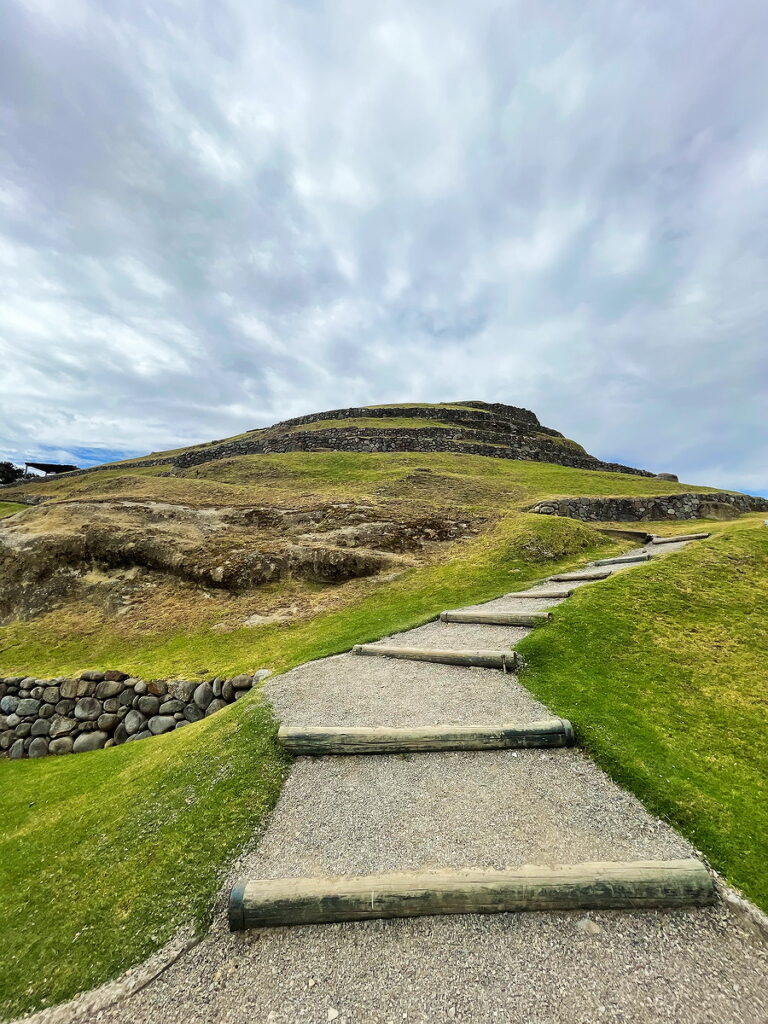
The city was likely destroyed during the Incan civil war, before the arrival of the Spanish in the 16th century. The Spanish used the loose stones debris to build the city of Cuenca, so all that remains are the foundations.
Now you can visit the archaeological site and botanical gardens planted on the grounds, as well as a museum dedicated to Ecuadorian culture and art. Let’s dive in!
Museo Pumapungo
The museum itself is quite extensive, with multiple rooms across three stories. The permanent exhibits include the ethnographic, archaeological, and conservation exhibits, modern and contemporary art, and a library and historical archive. There are also 7 rotating exhibits of local artists and other subjects of cultural significance.
You can easily spend hours immersing yourself in it all!
We spent time on the first floor, where there was an exhibit by local artists on women in Ecuadorian culture, as well as a series of rooms dedicated to archaeological artifacts.
These included pottery, jewelry, statues, and other wares, many of them collected by Carlo Crespi, a priest and educator who lived with the Shuar for many years.
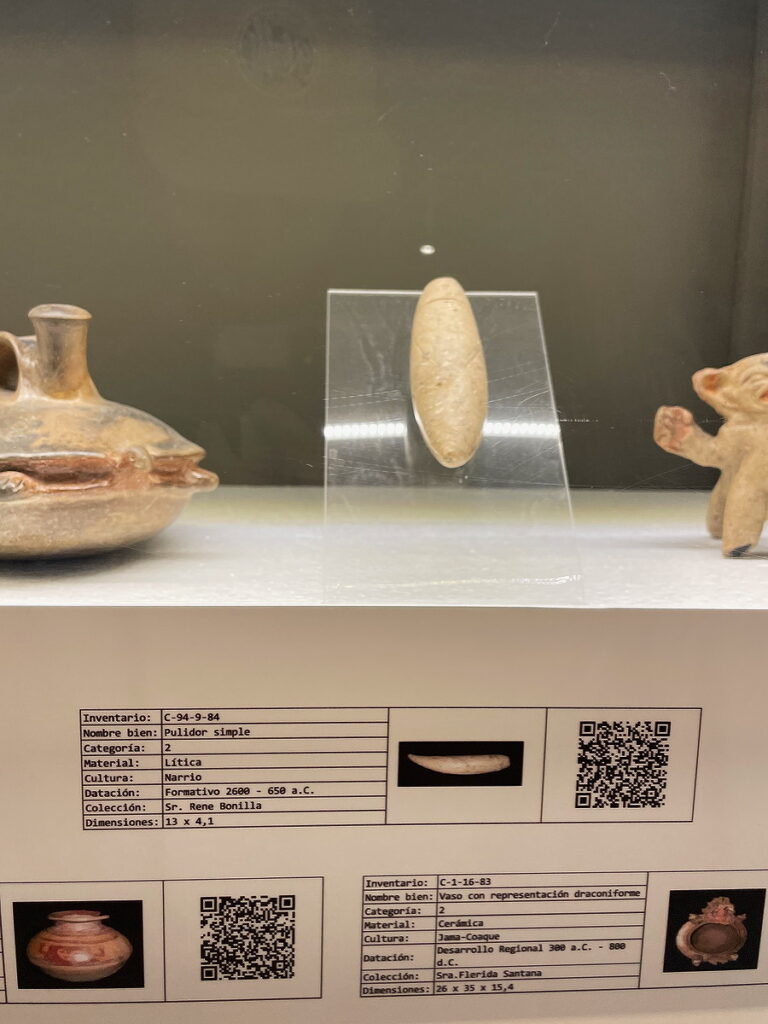
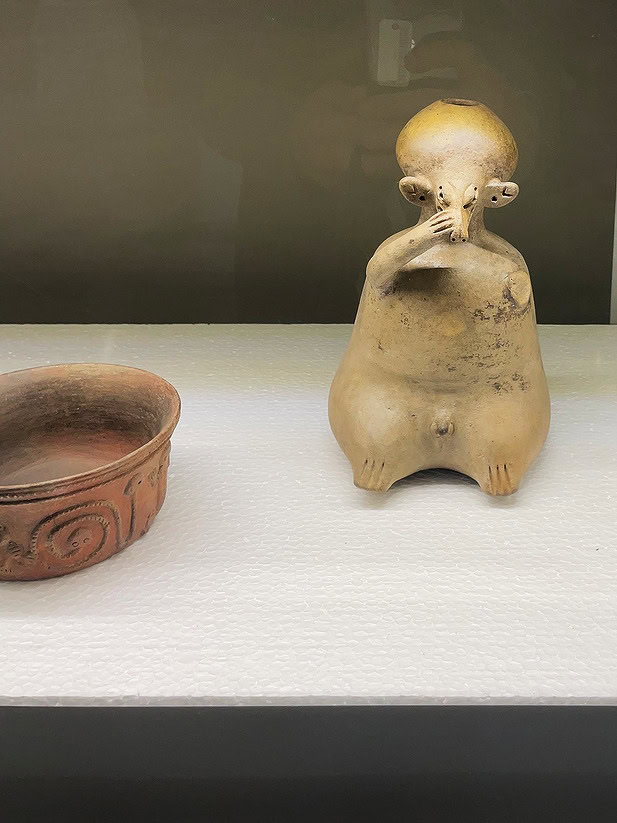
The second floor is dedicated to the cultures of the Azuay and Ecuador. There are several rooms dedicated to the cultures of different regions, including reconstructions of houses from Esmeraldas province and tzantzas (shrunken heads) from the Shuar.
The tzantzas are pretty eerie, both because of what they are and the way they are displayed in a dark room!
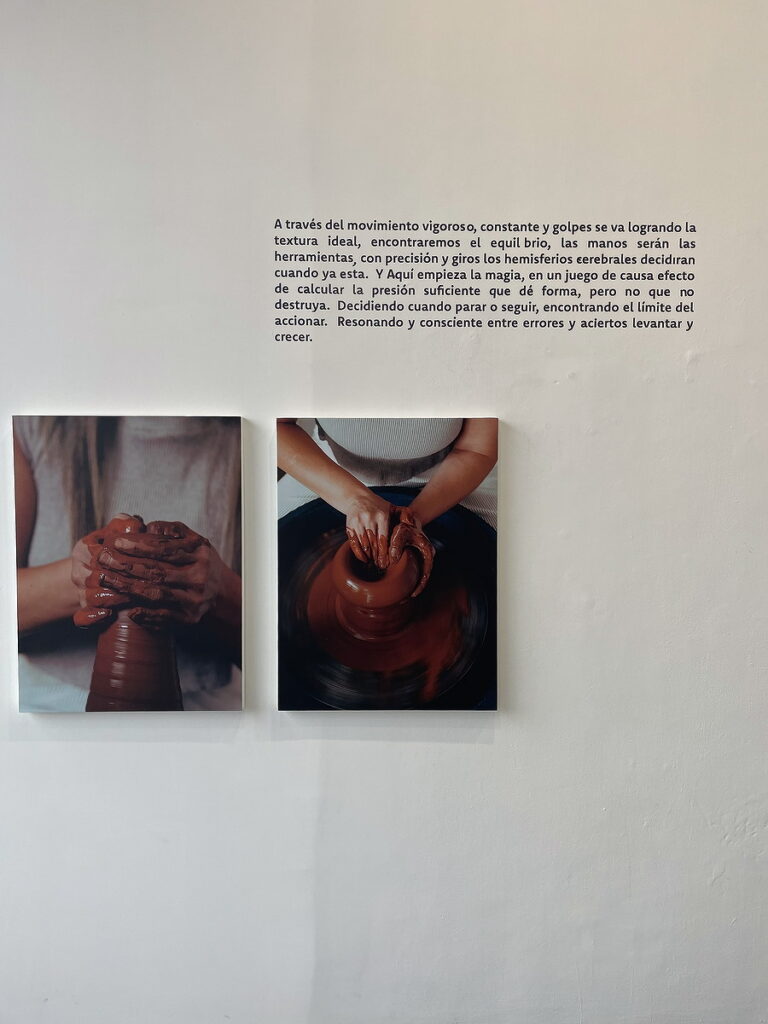
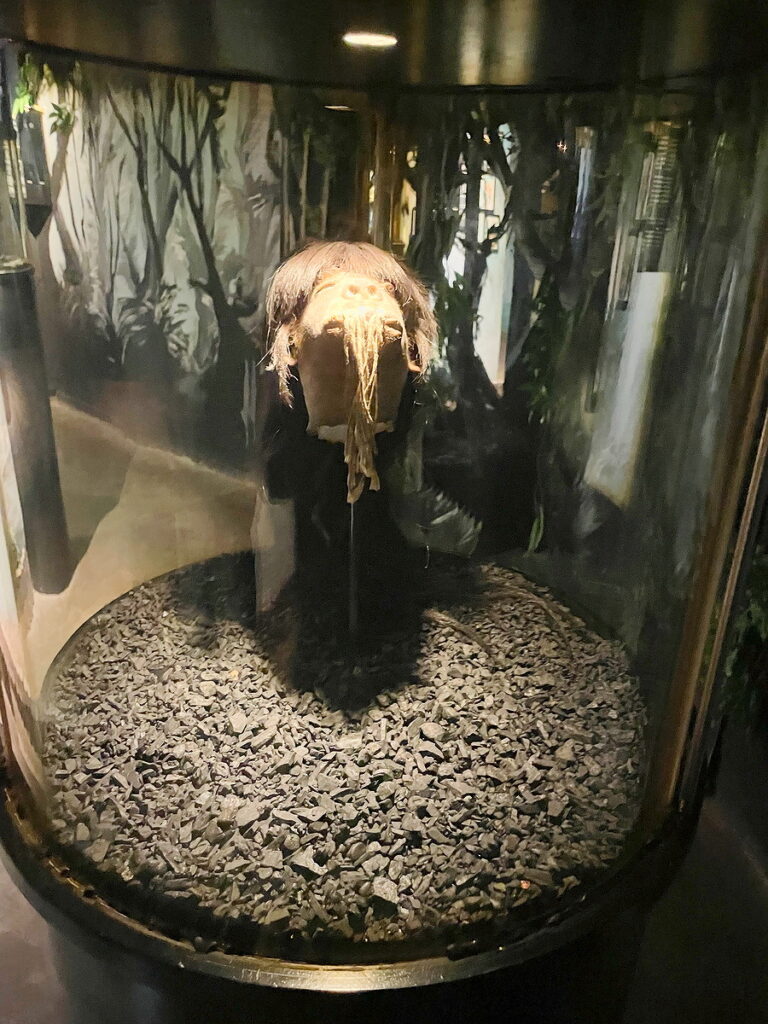
Archaeological Park
The archaeological park consists of the foundations of several buildings. Archaeologists believe there was a palace on the grounds, as well as buildings meant for military and religious purposes.
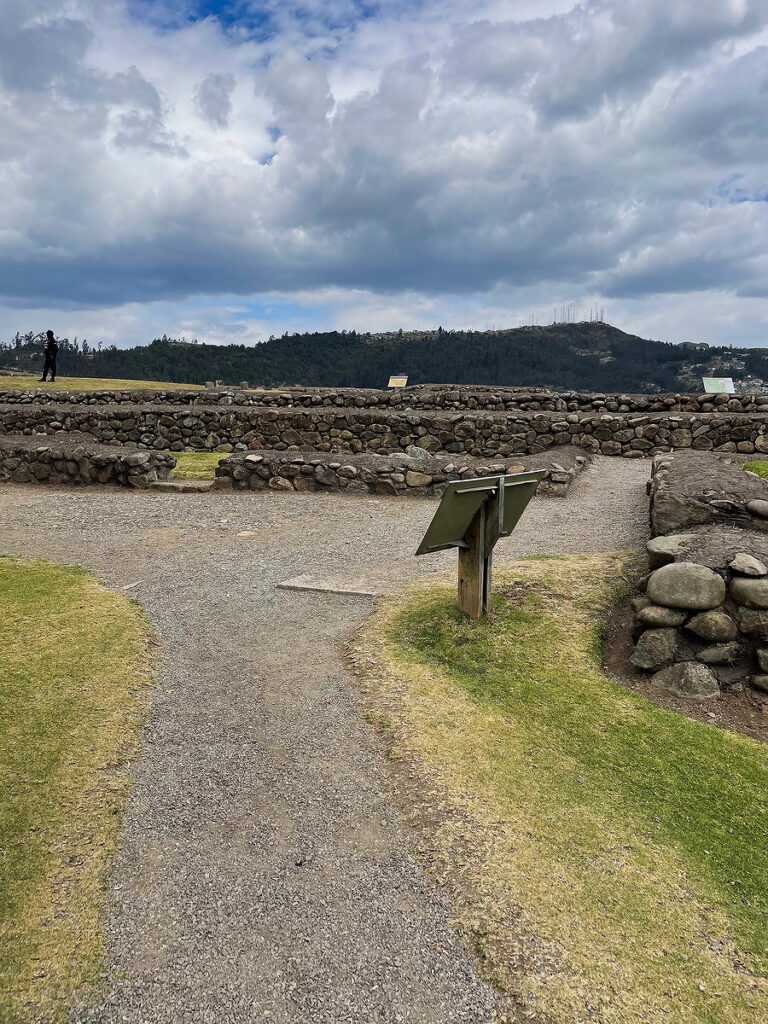
As you walk through the structures you’ll notice small plaques with a bit of information about the structures, but they are only displayed in Spanish.
Eventually, you’ll make it to the edge of the terraced hillside. You can walk down the hillside to make it to the botanical gardens below.
Botanical Gardens and Bird Sanctuary
The flatlands that used to be used for agriculture are now the botanical gardens. The gardens include over 200 native Andean species!
There are a few paths that meander around the gardens, which are much more expansive than the archaeological site. You also get a great view of the terraced hillside from here.
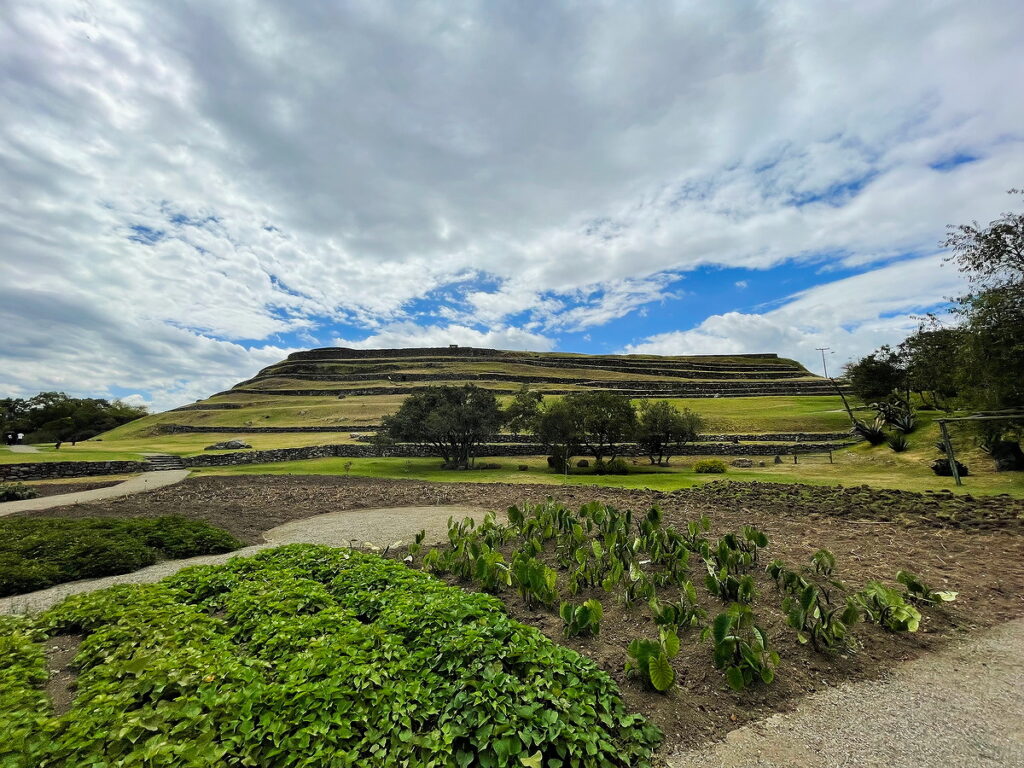
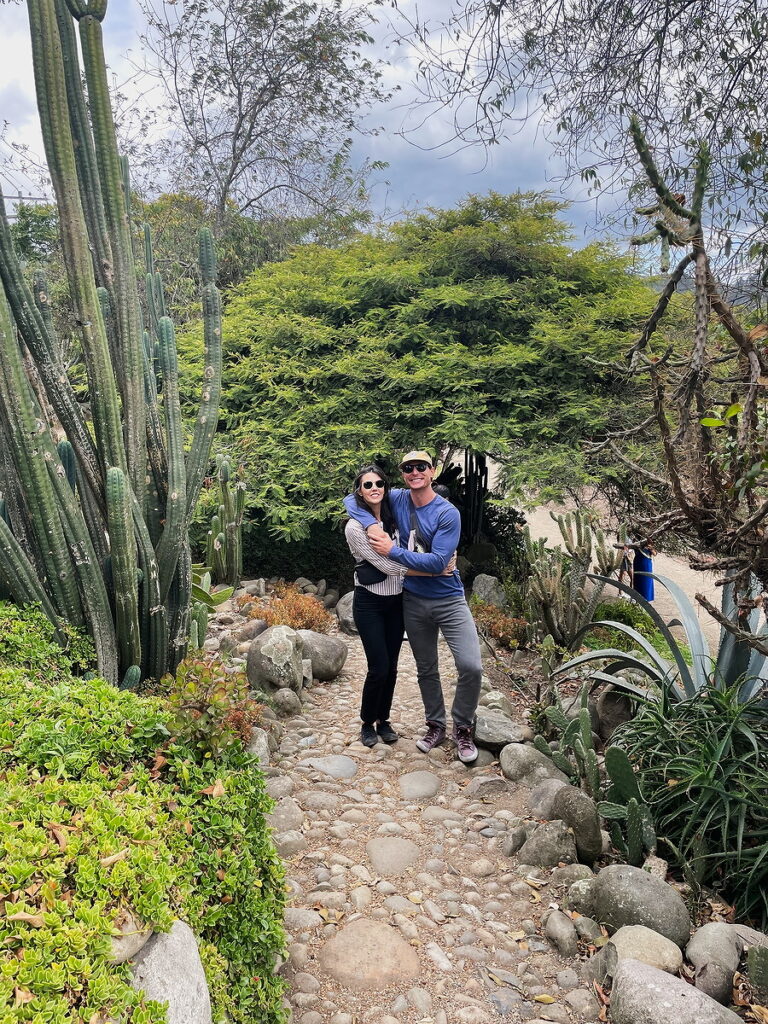
In honor of the Incan protection of local bird species, there is a bird sanctuary on the grounds of the park as well. The sanctuary is circular and sectioned off by bird species, where they live until they are rehabilitated and released.
There were so many different kinds of birds – from red macaws, to green parrots, and eagles – we found this part of the park fascinating.
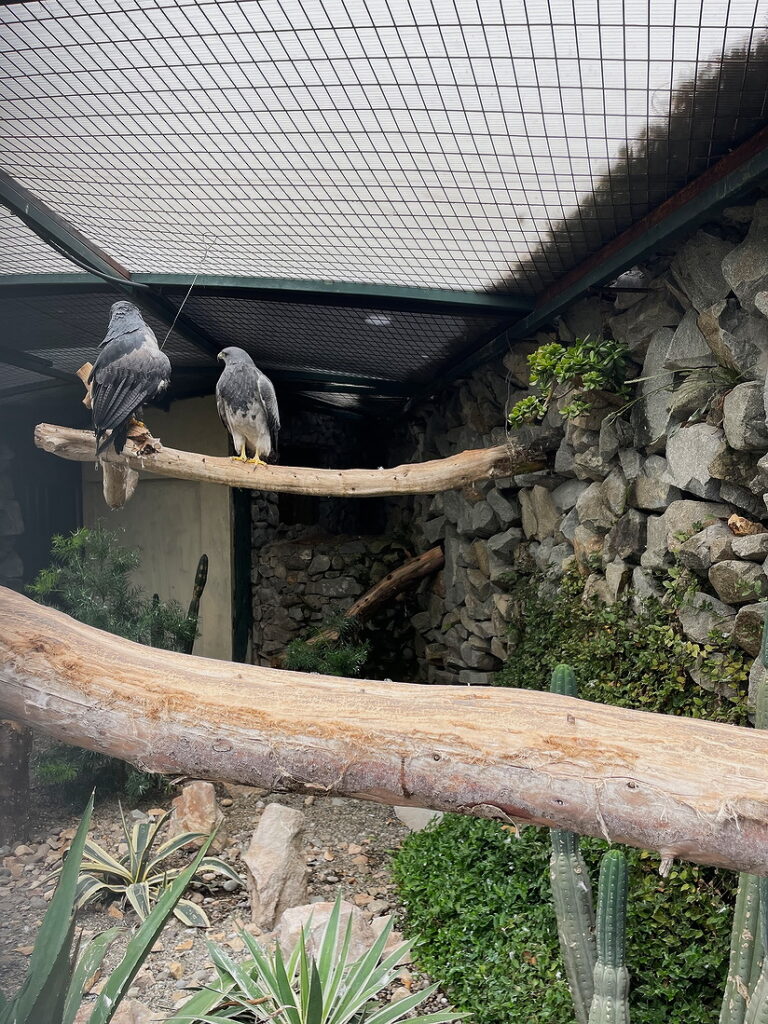
Frequently asked questions about the Pumapungo Museum
The museum and archaeological park are completely free to visit for everyone (Yes, really!).
The museum is open Tuesday through Friday between 8 am and 5 pm, and Saturdays, Sundays, and holidays from 10 am to 4 pm. It’s closed on Mondays.
We spent two hours exploring the museum and archaeological park, but you could easily spend much longer. My advice is to not go hungry so you can stay a while!
Pin It!
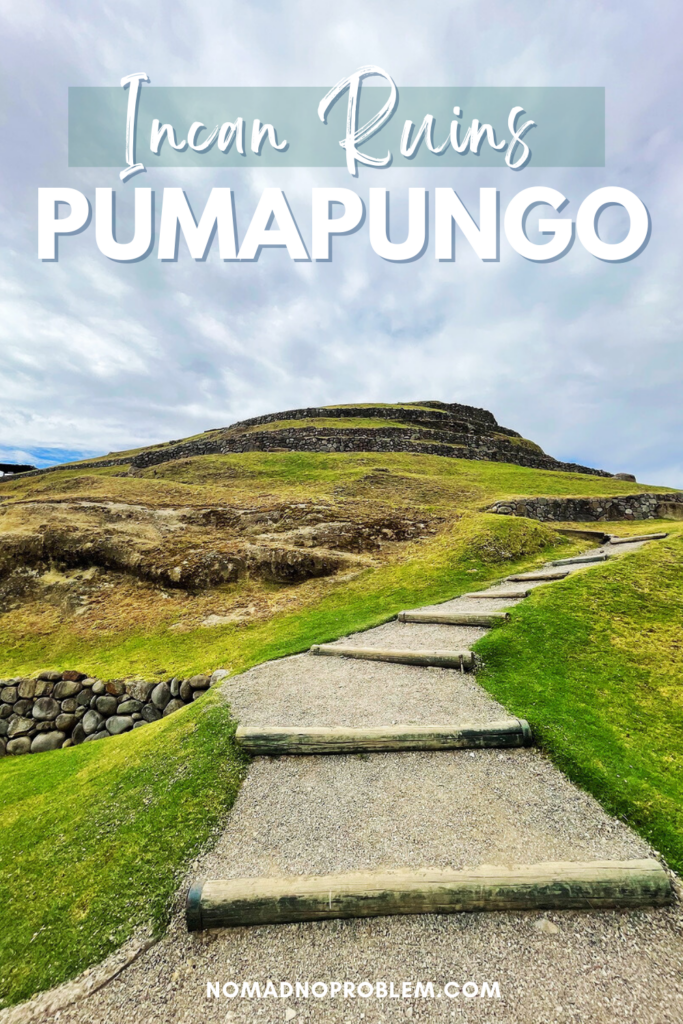
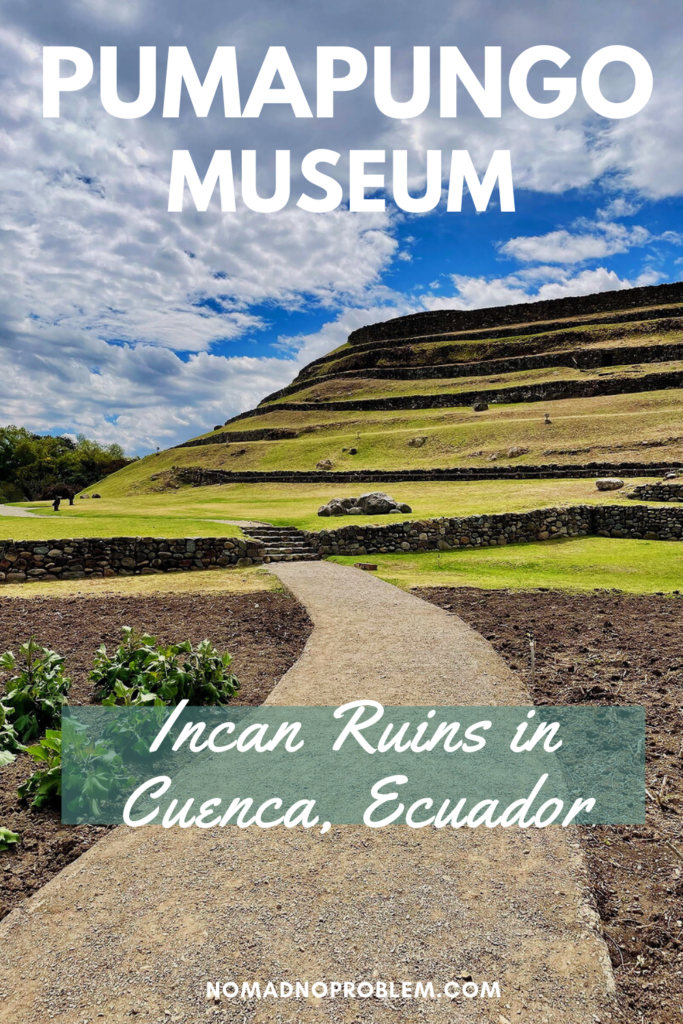
Related Reading
10 Best Things to Do in Cuenca Ecuador
Visit the Galapagos without a Cruise: a COMPLETE Guide
Snorkeling at Los Tuneles, Galapagos: Tour Review
Sierra Negra Volcano Hike: Everything You Need to Know
Victoria is an Austin-based travel content creator passionate about encouraging her readers to step outside of their comfort zone and step in to a life of adventure. She is the founder of the travel blog Nomad No Problem.
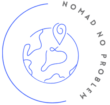
We love visiting both archaeological parks and botanical gardens, so this sounds like an ideal destination. Thanks for sharing it!
I had a teacher who always inspired us to visit here when I was younger. This was a wonderful blog post full of info! Thanks for sharing!
Looks like a great visit!